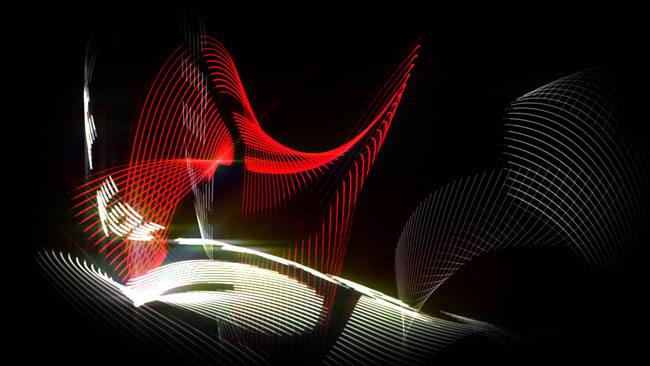
With Trapcode Tao, we’re bringing the ability to generate amazing, procedurally-generated 3D ribbons and geometric shapes to After Effects, something every motion graphics artist will discover they can’t live without.” For the first time ever, particle systems can be built visually, light rays can react to the 3D camera, and 3D surfaces and wireframes can be looped for dynamic motion graphics.

“We’re proud of how passionate our customers are about tools like Particular, Mir and Shine, and we are thrilled to bring users new and more creative ways to use them in their work. “Trapcode plug-ins are a standard in post houses across the world, and are voted the most essential tools for After Effects users every year,” comments Aharon Rabinowitz, Red Giant’s head of marketing. The update also includes new features in Trapcode Form, Sound Keys and Starglow. In addition to major updates to Trapcode Particular, Shine and Mir, the epic release introduces Trapcode Tao, a brand new plugin for generating 3D geometries along a path. Portland, OR – Octo– Red Giant announced today the release of Trapcode Suite 13, an upgrade to the industry’s most essential tools for creating motion graphics and visual effects in Adobe After Effects.

The star ceases to expand and instead contracts to the "horizontal branch." Most of the huge expansion occurs near to the end of that process, so the Sun will look like a red giant for less than perhaps 100 million years, depending on how big and red you want it to be in order to count. When the core mass gets large enough, the helium gets enough kinetic energy to start fusion, and that's the end of the red giant phase. A ball of electrons near their ground state will shrink as more mass is added to it, and as the core shrinks, the electrons gain kinetic energy, and importantly, so do the helium ions. This implies the core is very small, about the size of the Earth, so a lot of heat must be lost before the star gets to that state.Īfter that, we can say the star is a red giant, but it won't be all that large until the core builds up more mass.

In the mean time, the star is what is called a "subgiant," rather than a red giant, and physically the difference is that in a full-blown red giant, the electrons in the core have lost so much heat that they are approaching close to their quantum mechanical ground state. One might not call that entire phase a red giant phase, however, because the puffing out process takes quite a while to get going. It takes a star like the Sun about a billion years to go from the end of core hydrogen burning to the beginning of helium core burning.


 0 kommentar(er)
0 kommentar(er)
